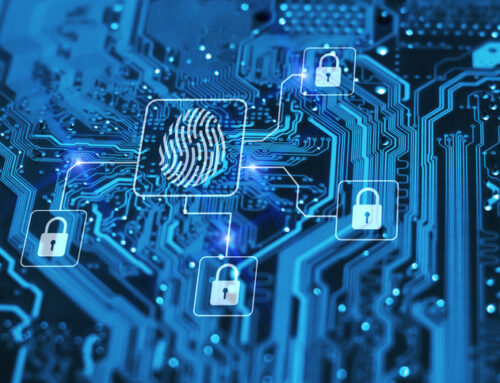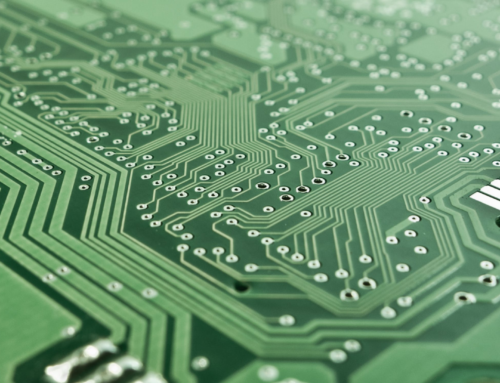Has anyone ever asked you about the difference between layer 2 and layer 3 switches?
Read on, because we are breaking it down into an easy to understand explanation.
Imagine your network is a gated community. The gate is the firewall, the router is the postmaster/cartographer, and the switch is a stoplight. There is the short version of it.
Okay, now let’s dive into the more technical explanation….
A layer 2 switch is only responsible for switching. It uses MAC addresses instead of IP addresses to switch the information.
It took me a while to understand that a MAC was NOT in fact an Apple computer, but rather a “media access control”. A MAC is linked directly to the network adapter hardware.
As the layer 2 switch uses the MAC addresses to switch the packets, it maintains a MAC address table. This allow the switch to reference/remember which ports associate with each MAC address.
A layer 3 switch also does switching exactly like a L2 switch, but also has routing capabilities. It uses IP addresses where the layer 2 switch uses MAC addresses. The layer 3 switch also creates an IP routing table, or a map for the switch to reference.
While the layer 3 switch does route, it doesn’t have all of the same services as a router, until you invest in the 6500 series switch. The benefits to purchasing a layer 3 switch can include saving money, time, and space instead of purchasing both a router and a switch, if your infrastructure allows. This is a solution we recommend and provide.
Learn more about layer 3 switches at a great price from Summit:




